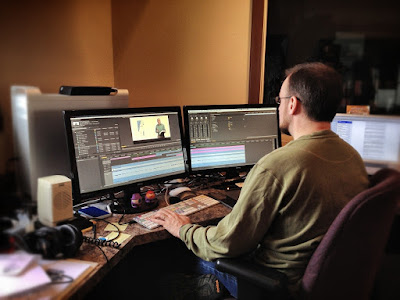When you begin editing, create sure that you have a great photo workflow. This means that saving originals in an individual place to avoid you from breaking or damaging the original photo. And get acquainted with your file recovery capability–normally, the Ctrl->Z key is a short technique in order to undo your most recent photo alter. Don’t skip Save As, that enables you to save a copy of the photo with another name so you don’t interrupt the original.
Crop:
This tool helps you to remove some of the photos and very common who provide image editing service. Usually, you figure a rectangle across the area you want to always keep and the remainder is removed. The area indoors the rectangle gets your new photo. Relevant to this tool are the move and align tools. Rotate helps you to rotate the photo, and extend does an alike task, permitting you to identify a horizon line or mention point. I suggest to rotate first and then crop after you have the right direction.
Contrast and Brightness:
This tool lets you decrease or increase the connection in between darks (contrast) and bright, and decrease or increase the overall lighting of the photo especially helpful for the clipping path service provider. Combinations of lighting and contrast options can have a really dramatic influence to your photo, adding extra “punch” or softening the visual influence. It can easily add focus to sunsets and another picturesque shot. If your photo seems dull or flat, this is an effective tool to try.
Saturation:
This tool is used to enhance the color of the photo. Used to accumulated, the result can be synthetic, and skin colors can be made to look artificial. But for flowered and outdoor photos, this tool can be used to change the color influence of a photo. This tool is very effective for all type of color correction service
Resize:
This tool is used to alter the number and size of pixels, or photo dots, in a photo file. Whenever delivering anything to a website, for example, you may want to decrease the photo size so that it does not accept too long to load. Whenever sending a photo to be printed on a big size, you may need to size it bigger. Numerous tools will try to fill in the missing spaces if you try to resize a photo beyond its original pixel measurements. Called insertion, this program can provide mixed results if you are intending to increase the photos size too much beyond its original sizes. Mixed with Crop, this is a great way to preview and make a photo to be printed in a specified paper size. For doing any neck joint service you may consider this tool.
Color Temperature/Color Adjust:
This tool lets you change the photos color heat range. If your camera’s white balance is not equaled up to the color heat range of the prevailing light source, the resulting photo can have a color cast that is unwanted. Utilizing this tool, you either select a color neutral range (white or gray) in the image and let the tool shift the color balance to fit, or you modify some options or sliders to make the photo “warmer” or “cooler”. It’s improved to get it appropriate in the camera, but this tool can help save images that alternatively have incorrect color casts.
Check our part 2 article
to know more about some valuable skills that are very important for any
professional photographer. Thanks for reading this article. Stay tuned.


Thanks for sharing your info and landscape image. I truly appreciate your efforts and I will be waiting for your next post thank you once again. See more: background removal service
ReplyDelete